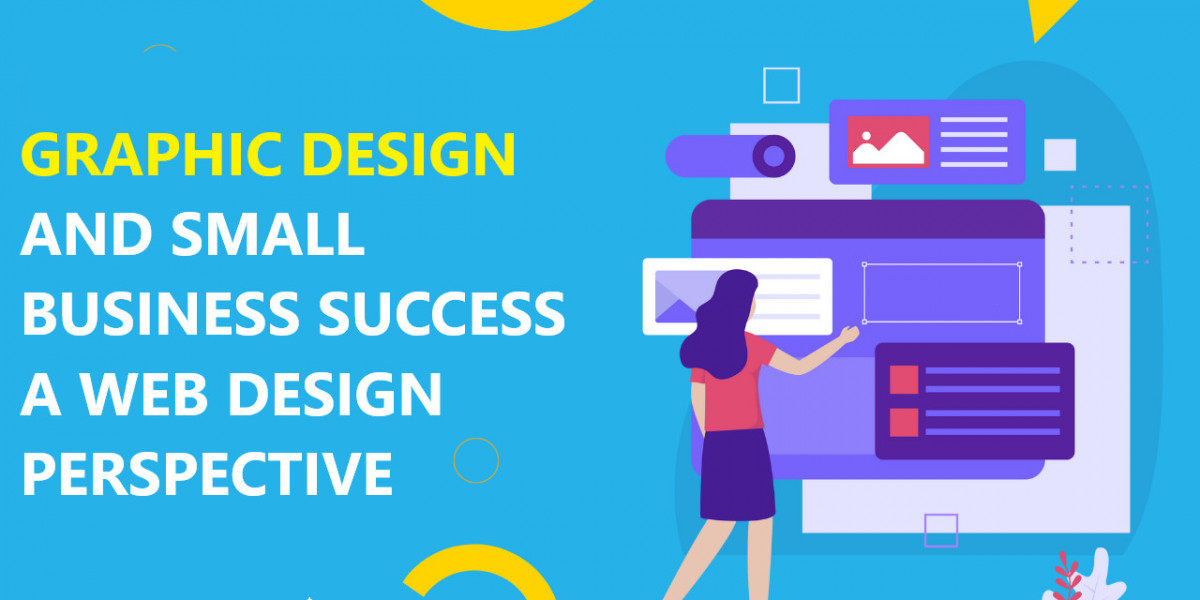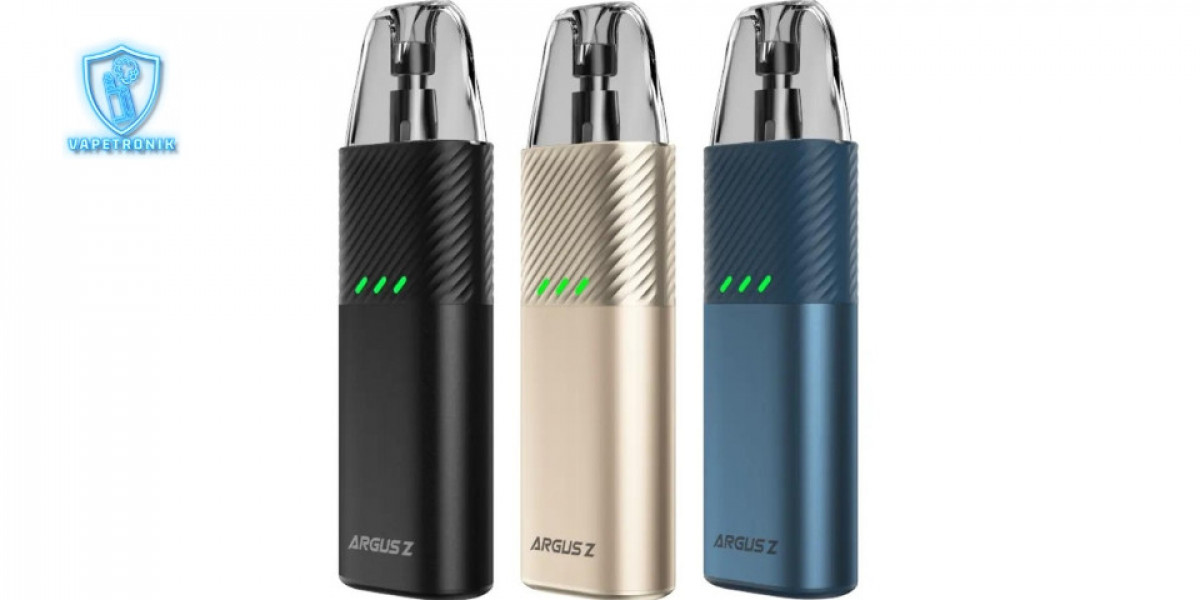In today's digital era, establishing a robust online presence is vital for the success of small businesses. Central to this presence is effective web design, with graphic design playing a pivotal role in shaping the visual identity of these businesses online. From attracting visitors to converting them into customers, graphic design influences every aspect of a small business's web presence. In this detailed exploration, we'll delve into the symbiotic relationship between graphic design and small business success from a web design perspective, providing insights and strategies for leveraging graphic design to propel your small business forward.
Understanding the Significance of Graphic Design in Web Design for Small Businesses

Web design encompasses a multitude of elements, including layout, functionality, and user experience. At its core, however, lies graphic design, which is responsible for creating visually engaging and cohesive experiences for visitors. Here's a closer look at the importance of graphic design in the context of small business web design:
Establishing Brand Identity:
Graphic design plays a crucial role in shaping the visual identity of a small business online. From the logo and color palette to typography and imagery, every graphic element contributes to the overall brand image. Consistency in design elements across various touchpoints fosters brand recognition and builds trust among customers.
Creating a Memorable User Experience:
Effective graphic design enhances user experience by guiding visitors through the website intuitively and engagingly. Thoughtful use of layout, typography, and imagery improves readability, navigability, and overall usability. A well-designed website not only captures attention but also encourages exploration and interaction, ultimately leading to higher engagement and conversions.
Differentiating from Competitors:
In a crowded digital landscape, standing out from competitors is essential for small businesses. Graphic design provides a means to differentiate your brand and carve out a unique identity. By conveying your brand's personality, values, and USP through visual elements, you can attract and retain customers who resonate with your brand's message and aesthetic.
Building Credibility and Trust:
First impressions matter, especially in the online realm. A professionally designed website instills confidence and credibility in potential customers, signaling that your small business is reputable and trustworthy. High-quality graphics, polished layouts, and cohesive branding elements contribute to a positive perception of your brand and encourage visitors to engage further with your content.
Key Elements of Graphic Design in Small Business Web Design

To effectively leverage graphic design for small business success, it's essential to understand the key elements that contribute to a visually appealing and impactful website. Here are some critical aspects to consider:
Logo Design:
Your logo serves as the cornerstone of your brand identity and is often the first visual element that visitors encounter. A well-designed logo should be memorable, versatile, and reflective of your brand's values and personality. Whether it's a wordmark, symbol, or combination mark, your logo sets the tone for your entire visual identity and should be prominently featured on your website.
Color Palette:
Colors evoke emotions and associations, making them a powerful tool for conveying brand messages and eliciting desired responses from visitors. Your color palette should reflect your brand's personality and resonate with your target audience. Consider the psychological effects of different colors and choose a palette that aligns with your brand identity while ensuring readability and visual harmony.
Typography:
Typography plays a critical role in establishing hierarchy, conveying tone, and enhancing readability on your website. Selecting appropriate fonts for headings, body text, and other elements is essential for creating a cohesive and aesthetically pleasing design. Pay attention to factors such as font style, size, spacing, and contrast to ensure optimal legibility and visual impact.
Imagery and Graphics:
Visual content is a powerful tool for capturing attention, conveying information, and eliciting emotional responses from visitors. High-quality images, illustrations, icons, and other graphics enhance the visual appeal of your website and help tell your brand story effectively. Whether showcasing products, illustrating concepts, or adding decorative elements, choose visuals that align with your brand identity and resonate with your target audience.
Layout and Composition:
The layout of your website determines how content is organized and presented to visitors. A well-designed layout should be intuitive, aesthetically pleasing, and conducive to the user's journey through the site. Consider factors such as visual hierarchy, balance, symmetry, and whitespace to create a harmonious and engaging design that guides visitors towards desired actions.
Optimizing Graphic Design for Small Business Success

While graphic design plays a crucial role in shaping the visual identity of a small business online, optimizing it for success requires careful consideration of various factors. Here are some strategies for leveraging graphic design effectively to drive small business success:
Mobile Responsiveness:
With the majority of internet users accessing websites on mobile devices, ensuring your website is mobile-responsive is essential. Optimizing graphic elements, such as images and layouts, for smaller screens ensures a seamless browsing experience across devices and maximizes engagement and conversions.
Loading Speed Optimization:
Page loading speed is a critical factor in user experience and search engine rankings. Optimize graphic assets, such as images and videos, for fast loading times by compressing file sizes, implementing lazy loading, and leveraging browser caching. A faster website not only improves user satisfaction but also reduces bounce rates and improves SEO performance.
Accessibility Considerations:
Making your website accessible to users with disabilities is not only a legal requirement but also a moral imperative. Ensure that graphic elements have descriptive alt text, provide keyboard navigation options, and maintain sufficient color contrast for readability. Prioritizing accessibility ensures that all users can access and interact with your content effectively.
Search Engine Optimization (SEO):
Incorporating relevant keywords into graphic elements, such as image alt text and file names, can improve your website's visibility in search engine results. Additionally, optimizing image sizes and formats helps enhance SEO and overall site performance, driving organic traffic and increasing your small business's online visibility.
Consistency Across Platforms:
Maintaining consistency in graphic design elements across different platforms and devices is crucial for reinforcing brand identity and fostering brand recognition. Whether visitors access your website on a desktop computer, tablet, or smartphone, consistency in design elements ensures a cohesive brand experience and strengthens brand loyalty.
Conclusion
In conclusion, graphic design plays a web design for small businesses integral role in the success of small businesses online, particularly in the realm of web design. From establishing brand identity to enhancing user experience and driving conversions, graphic design influences every aspect of a small business's web presence. By understanding the significance of graphic design elements such as logo design, color palette, typography, imagery, and layout, small businesses can create visually appealing and impactful websites that resonate with their target audience and drive business growth. By optimizing graphic design for mobile responsiveness, loading speed, accessibility, SEO, and consistency across platforms, small businesses can maximize their online presence and stand out in today's competitive digital landscape. Embracing the power of graphic design as a strategic tool for small business success is not just about aesthetics; it's about creating meaningful connections, fostering trust, and achieving tangible business results in the digital age.








